The Monster Discovery That Rewrote Ancient History

When paleontologists first uncovered the massive fossil remains in Argentina’s Pampas region, they couldn’t believe their eyes. The sheer size of the bones suggested something extraordinary—a saber-toothed cat that dwarfed even the mighty Smilodon. This groundbreaking discovery has sent shockwaves through the scientific community, potentially representing the largest predatory cat that ever stalked the Earth.
The fossilized remains, estimated to be over 3 million years old, include partial skull fragments and remarkably preserved canine teeth measuring nearly 8 inches in length. These massive sabers would have been formidable weapons, capable of delivering devastating bites to prey animals that roamed the ancient Argentine landscape.
Smilodon Fatalis: The Classic Saber-Tooth
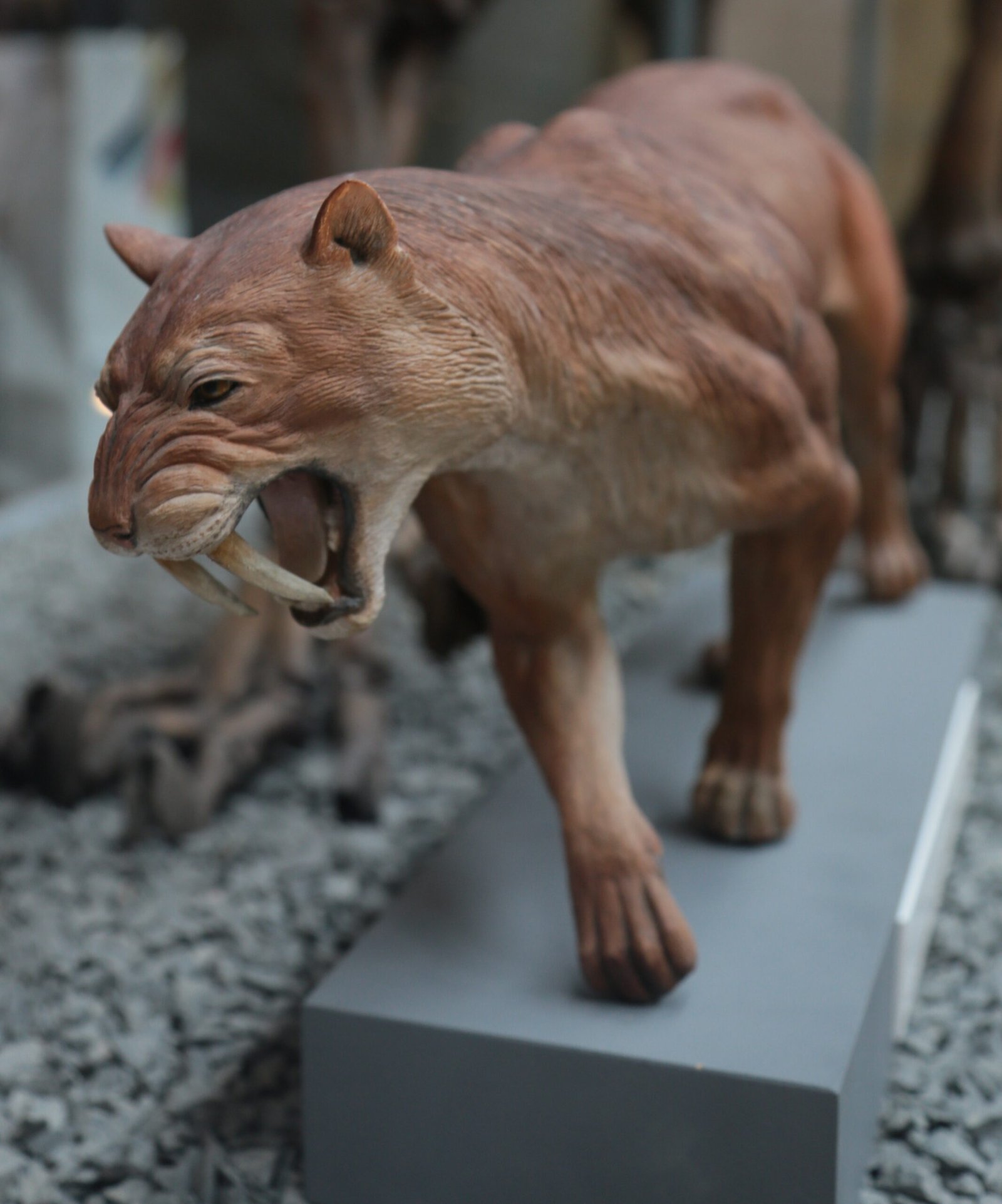
Long considered the poster child of prehistoric predators, Smilodon fatalis ruled the Americas during the Pleistocene epoch. These magnificent hunters possessed muscular builds similar to modern lions but with significantly more powerful forelimbs designed for grappling large prey. Their iconic curved canine teeth could grow up to 6 inches long, perfectly adapted for slicing through thick hide and muscle.
Fossil evidence suggests these cats lived in social groups, much like modern lions, and primarily hunted massive herbivores including ground sloths and early horses. Their robust bone structure indicates they were ambush predators rather than long-distance runners, relying on explosive power to bring down their victims.
The Scimitar Cat’s Lightning Speed

Homotherium, commonly known as the scimitar cat, took a completely different evolutionary approach than its cousins. These sleek predators developed longer legs and a more streamlined body structure, making them exceptional pursuit hunters across open grasslands. Their distinctive serrated canine teeth resembled curved sabers, perfectly designed for swift, precise kills.
Unlike the bulky Smilodon, scimitar cats could maintain high speeds over considerable distances, allowing them to run down fleet-footed prey like ancient antelopes and horses. Their hunting strategy more closely resembled that of modern cheetahs, combining speed with surgical precision.
Barbourofelis: The Bear-Cat Hybrid

One of the most unusual prehistoric cats, Barbourofelis possessed a bizarre combination of feline and ursine characteristics that made it truly unique. These strange predators developed massive skulls with downward-extending flanges that protected their enormous saber teeth during feeding. Their body structure was remarkably robust, more similar to bears than typical cats.
Living approximately 9 million years ago, Barbourofelis represented an evolutionary experiment that pushed the boundaries of what we consider “cat-like.” Their powerful build and specialized dental adaptations suggest they occupied a unique ecological niche, possibly hunting different prey than their more conventional relatives.
Dinofelis: The False Saber-Tooth
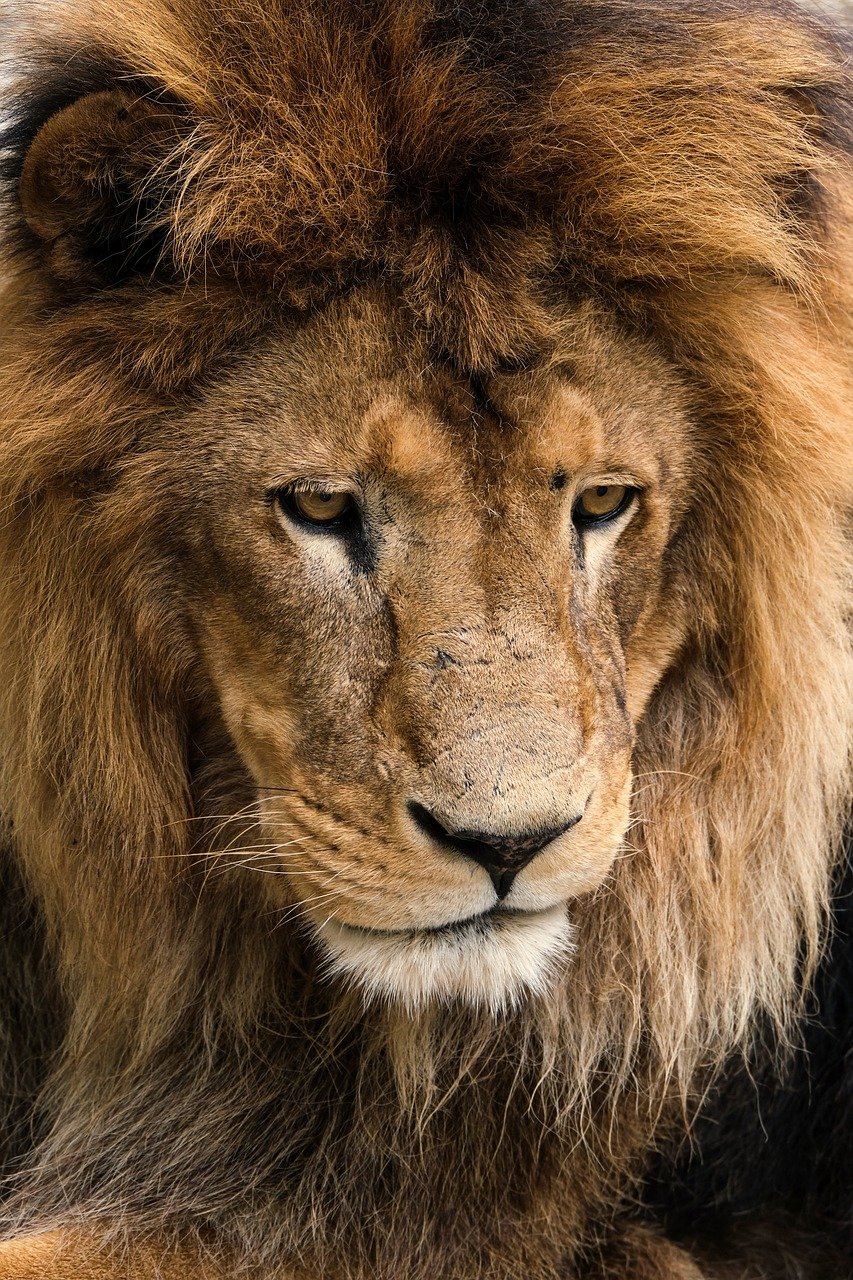
Despite its fearsome reputation, Dinofelis technically wasn’t a true saber-toothed cat at all. These cunning predators evolved enlarged canine teeth that were impressive but significantly shorter than their famous cousins. What they lacked in saber length, they made up for in versatility and intelligence.
Fossil evidence from Africa suggests Dinofelis may have been one of the first big cats to regularly hunt early human ancestors. Their climbing abilities and adaptable hunting strategies made them incredibly successful predators who thrived across diverse African landscapes for millions of years.
Xenosmilus: The Cookie-Cutter Cat
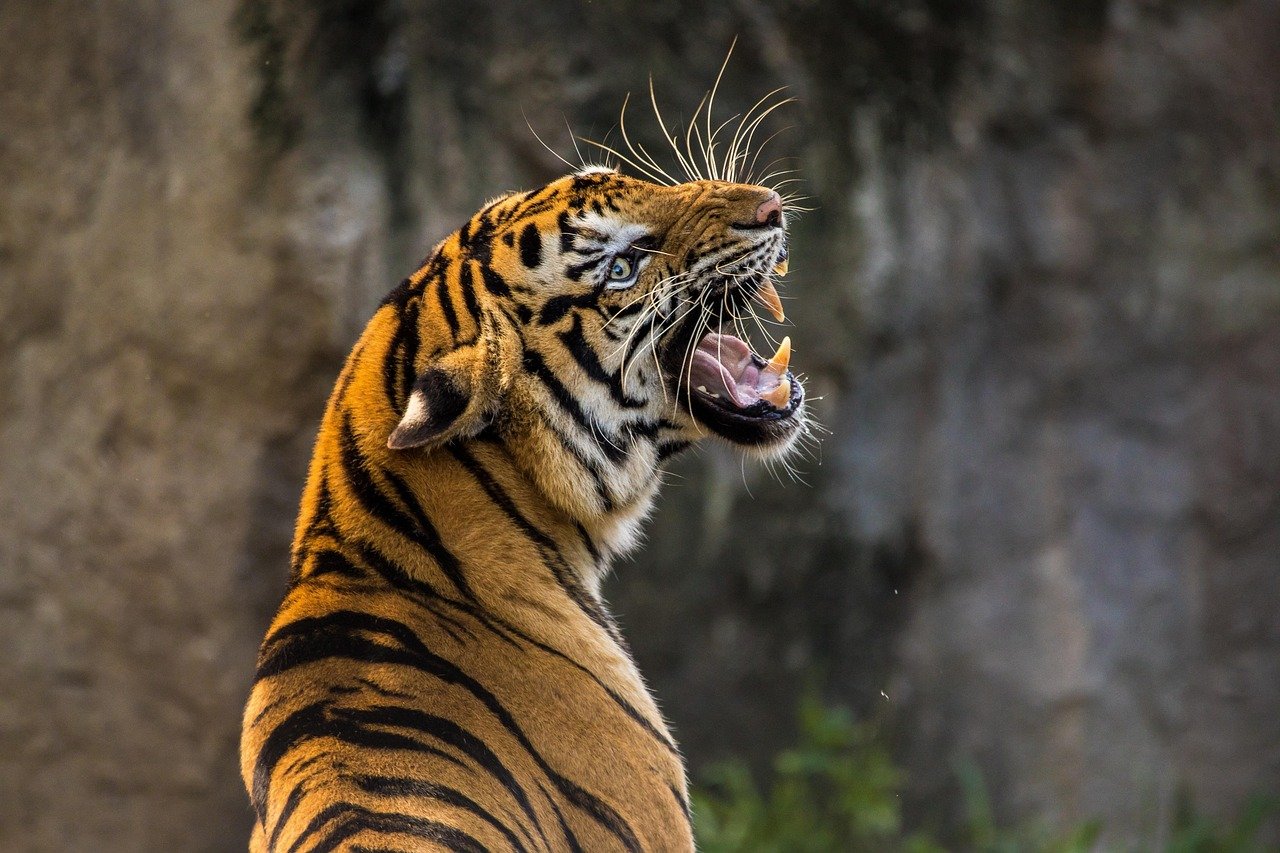
Xenosmilus earned its peculiar nickname from its uniquely shaped canine teeth, which resembled serrated cookie cutters more than traditional sabers. These specialized predators lived in North America during the early Pleistocene and developed one of the most unusual dental adaptations in prehistoric cat evolution.
Their broad, flattened canine teeth were perfectly designed for a specific hunting strategy—delivering devastating cutting wounds rather than the deep puncture wounds favored by other saber-toothed species. This innovative approach to predation demonstrates the incredible diversity of evolutionary solutions that emerged among ancient cats.
Machairodus: The Original Saber-Tooth
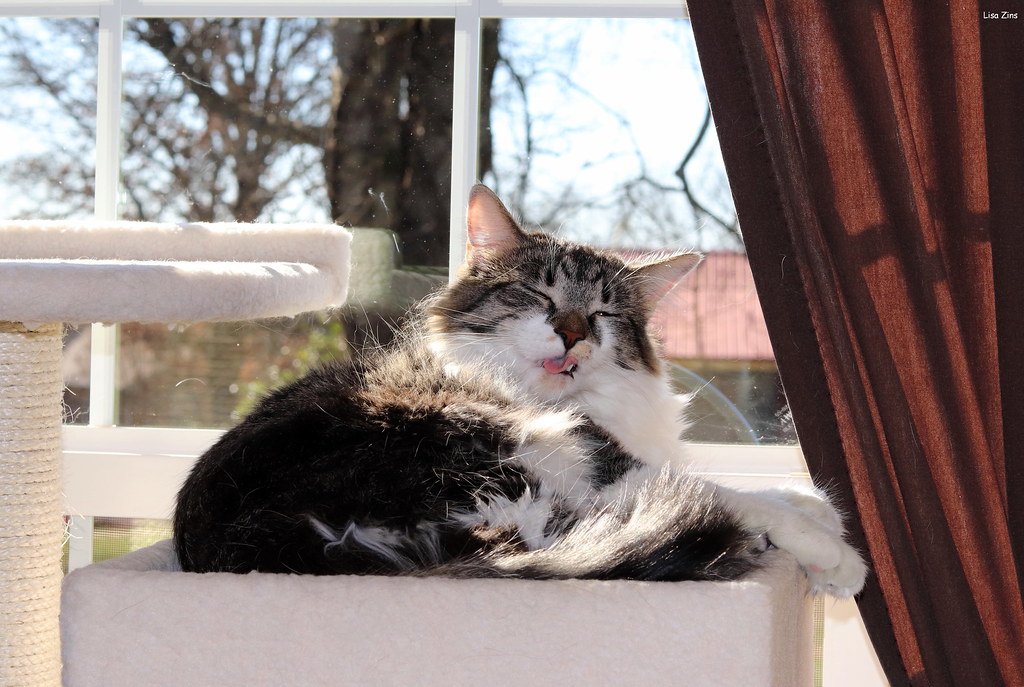
Long before Smilodon became famous, Machairodus pioneered the saber-toothed lifestyle across Europe, Asia, and Africa. These early innovators developed the first truly elongated canine teeth, establishing the basic body plan that would define saber-toothed cats for millions of years to come.
Living between 15 and 2 million years ago, Machairodus species varied considerably in size and hunting strategies. Some evolved into massive predators rivaling modern tigers, while others remained more modest in stature but equally deadly in their specialized hunting techniques.
Paramachairodus: The Transitional Hunter

Paramachairodus represents a crucial evolutionary stepping stone between primitive cats and the highly specialized saber-toothed predators that would later dominate prehistoric landscapes. These intermediate hunters possessed moderately elongated canine teeth that weren’t quite true sabers but were significantly more developed than those of their ancestors.
Fossil discoveries across Europe and Asia reveal that Paramachairodus species experimented with various hunting strategies, some emphasizing speed while others focused on power. This evolutionary flexibility allowed them to adapt to changing environments and prey availability throughout their extensive range.
Megantereon: The Compact Killer

Despite being one of the smaller saber-toothed cats, Megantereon packed incredible power into its compact frame. These efficient predators developed proportionally massive canine teeth relative to their body size, creating a killing apparatus that was both deadly and remarkably well-balanced.
Their smaller stature actually provided significant advantages in certain hunting scenarios, allowing them to pursue prey into dense vegetation where larger cats couldn’t follow. This adaptability helped Megantereon species spread across three continents and survive for over 4 million years.
The Argentine Giant’s Unprecedented Size

The newly discovered Argentine fossil suggests a saber-toothed cat that would have dwarfed all known species, potentially reaching weights of over 880 pounds. This massive predator would have stood nearly 4 feet tall at the shoulder, making it comparable in size to the largest modern tigers but with the distinctive killing apparatus of a saber-toothed cat.
Initial analysis of the fossil remains indicates this giant possessed adaptations unlike any previously discovered saber-toothed species. The combination of massive size and specialized dental features suggests it occupied a unique ecological niche that has never been fully understood.
Hunting Strategies of Ancient Giants
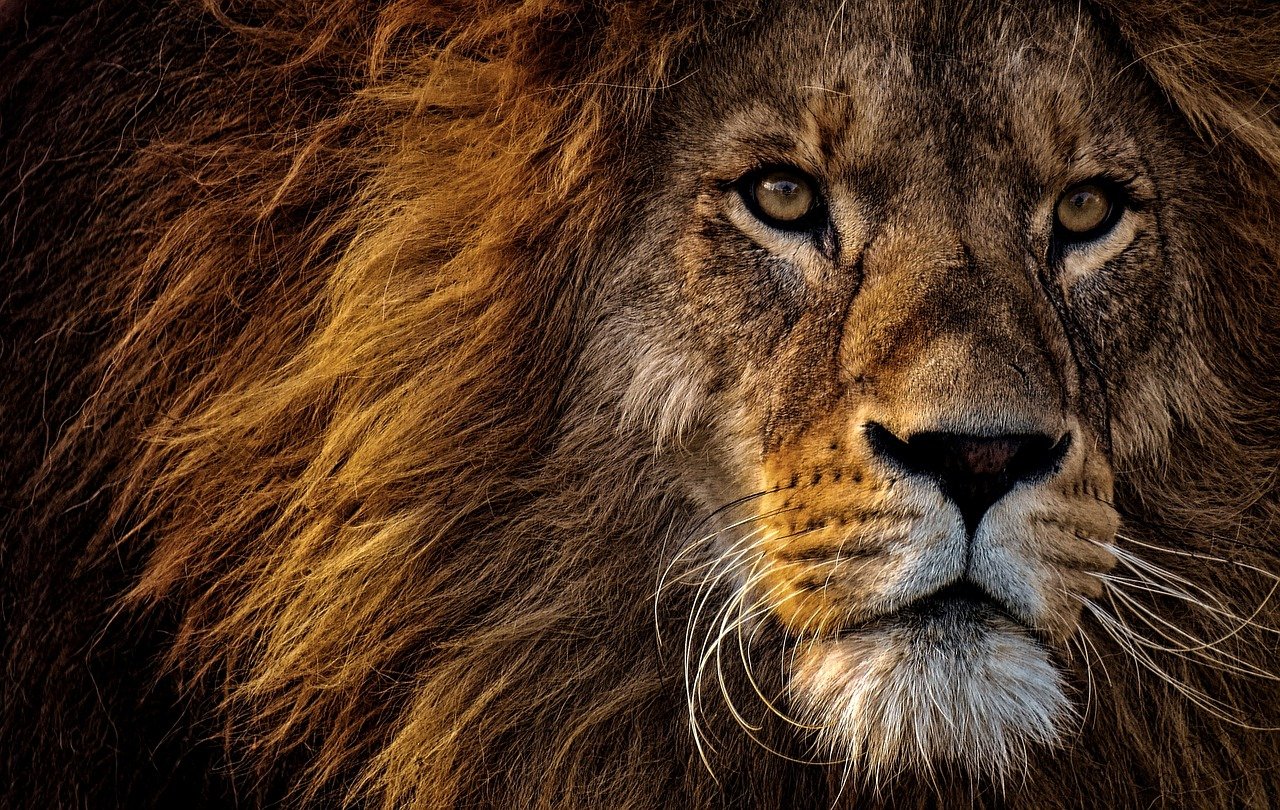
The enormous size of the Argentine discovery raises fascinating questions about prehistoric hunting behaviors and prey relationships. Such a massive predator would have required substantial prey animals to sustain its energy needs, suggesting the existence of equally impressive herbivores in ancient South America.
Computer modeling based on the fossil evidence indicates this giant may have employed ambush tactics similar to modern tigers, using its incredible size and powerful build to overpower prey through brute force rather than the precision strikes favored by smaller saber-toothed species.
The Extinction Mystery

The disappearance of saber-toothed cats remains one of paleontology’s most intriguing puzzles, with the Argentine giant adding another layer of complexity to this mystery. Climate change, human activity, and prey extinction likely combined to eliminate these magnificent predators from Earth’s ecosystems.
The timing of various extinctions suggests that different saber-toothed species faced unique challenges, with some succumbing to environmental changes while others may have struggled to adapt to new prey animals or competition from other predators.
Modern Implications and Conservation
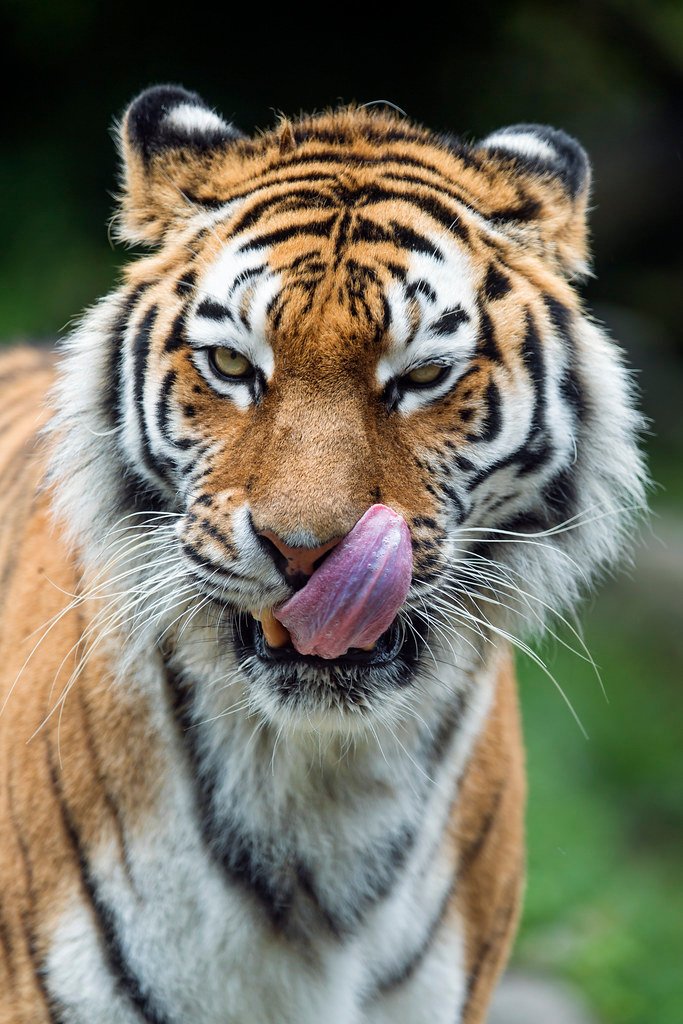
The discovery of this prehistoric giant serves as a powerful reminder of the incredible diversity that once existed in Earth’s ecosystems. Understanding these ancient predators helps scientists better appreciate the complex relationships between modern big cats and their environments.
Today’s remaining wild cats face many of the same pressures that contributed to the extinction of their prehistoric relatives. Habitat loss, prey depletion, and human encroachment continue to threaten species like tigers, leopards, and jaguars, making conservation efforts more crucial than ever.
The Future of Prehistoric Cat Research
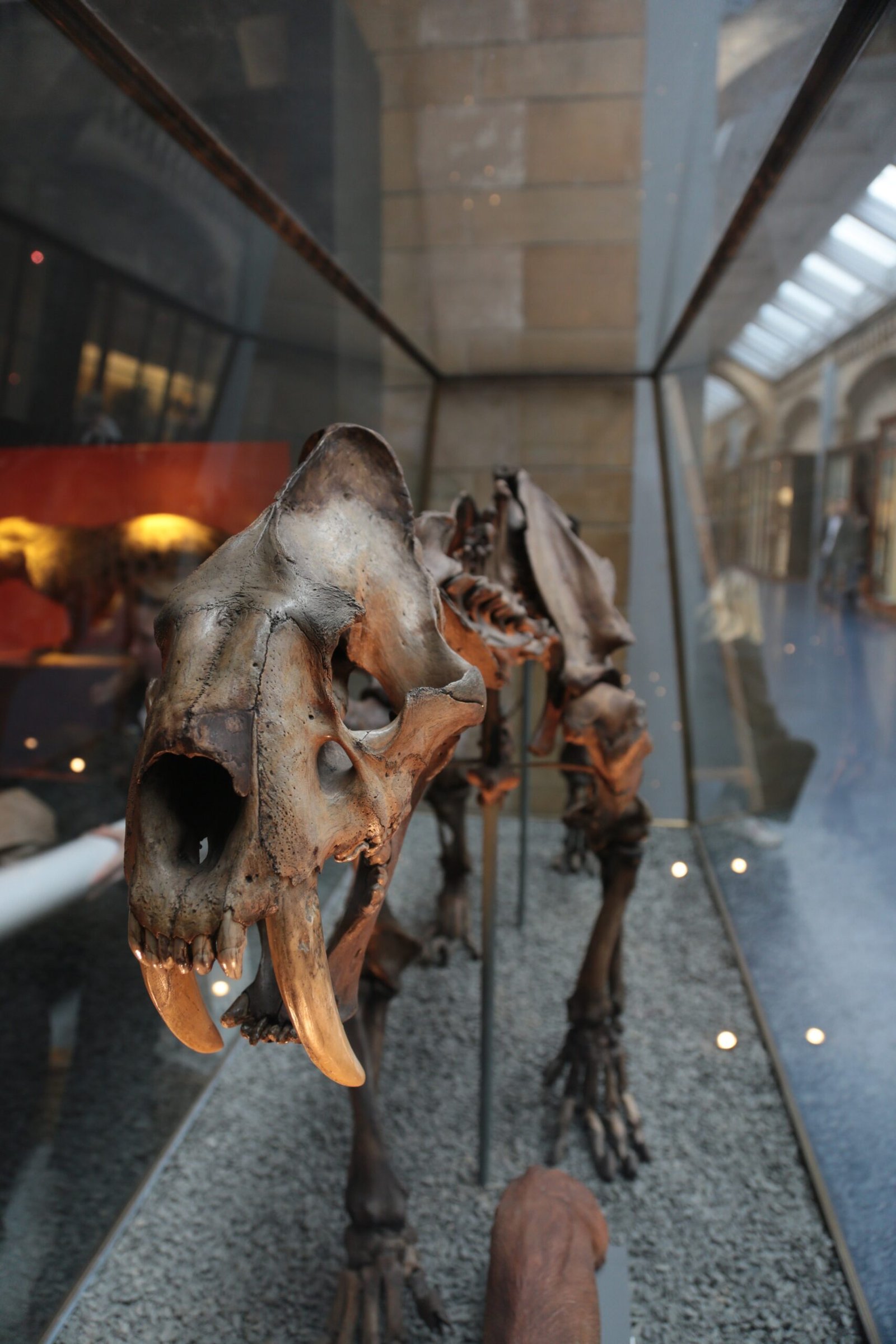
Advanced imaging techniques and genetic analysis are revolutionizing our understanding of prehistoric cats, with new discoveries like the Argentine giant providing unprecedented insights into ancient ecosystems. Scientists are now able to reconstruct not just the physical appearance of these animals but also their behaviors, social structures, and ecological relationships.
Ongoing excavations in Argentina and other fossil-rich regions continue to yield surprising discoveries, suggesting that our understanding of prehistoric cat diversity is still far from complete. Each new find adds another piece to the complex puzzle of how these remarkable predators lived, hunted, and ultimately disappeared from our planet.
A Legacy Written in Stone
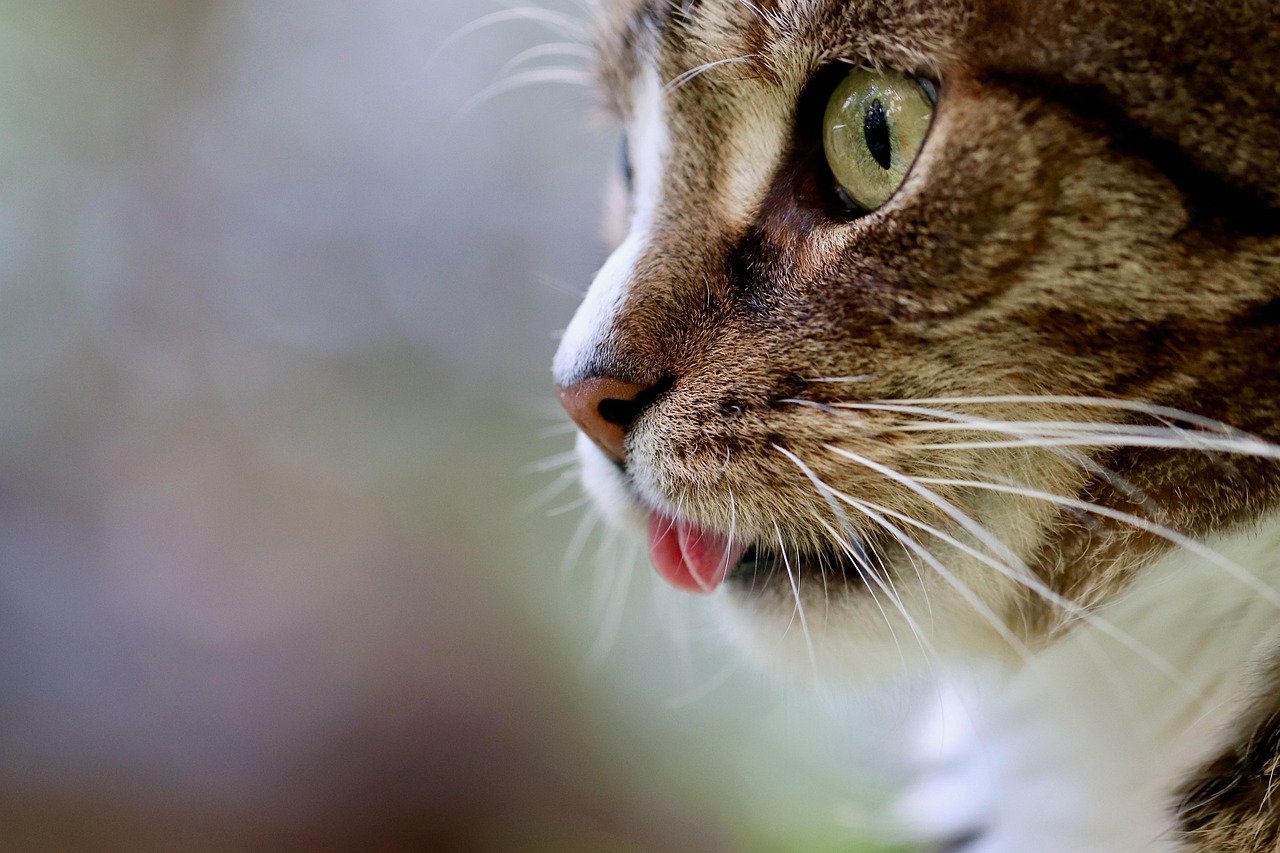
The Argentine fossil discovery represents more than just another prehistoric predator—it’s a window into a world where giants truly walked the Earth. These massive saber-toothed cats dominated ancient landscapes with a power and presence that modern ecosystems simply cannot match.
As researchers continue to study this remarkable find, we’re reminded that our planet’s history is filled with creatures so extraordinary they seem almost mythical. The largest saber-toothed cat ever discovered challenges our understanding of what was possible in prehistoric times, leaving us to wonder what other incredible secrets remain buried in the earth, waiting to be uncovered.
Hi, I’m Bola, a passionate writer and creative strategist with a knack for crafting compelling content that educates, inspires, and connects. Over the years, I’ve honed my skills across various writing fields, including content creation, copywriting, online course development, and video scriptwriting.
When I’m not at my desk, you’ll find me exploring new ideas, reading books, or brainstorming creative ways to solve challenges. I believe that words have the power to transform, and I’m here to help you leverage that power for success.
Thanks for stopping by, Keep coming to this website to checkout new articles form me. You’d always love it!






